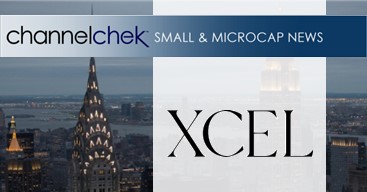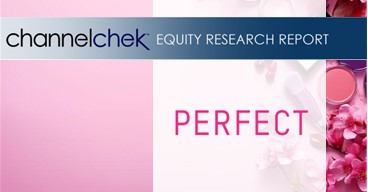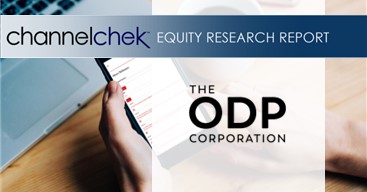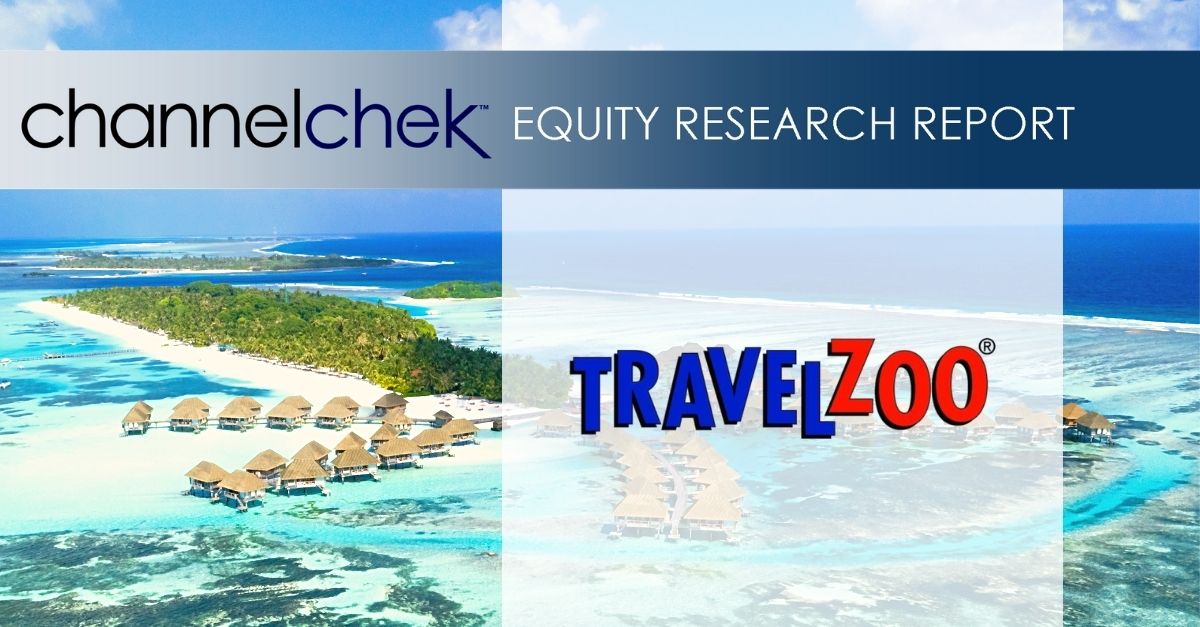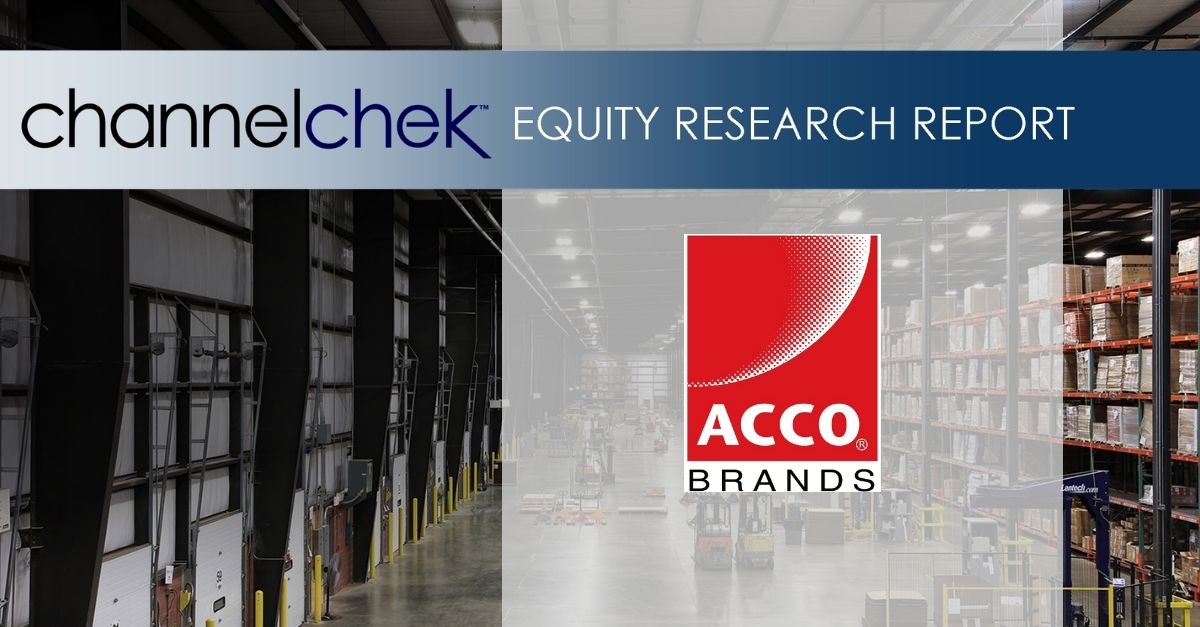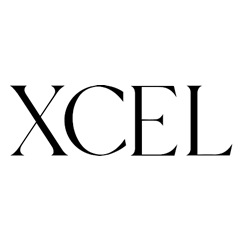
Research News and Market Data on XELB
March 25, 2025 08:00 ET

NEW YORK, March 25, 2025 (GLOBE NEWSWIRE) — Xcel Brands (NASDAQ: XELB), an industry leading media and consumer products company specializing in building influencer-driven brands through social commerce and livestreaming, is proud to announce an exciting partnership with internationally renowned baker and chef, best-selling author, and creator of Bigger Bolder Baking, Gemma Stafford. Together, they will launch an innovative bakeware, food, and home brand designed to bring professional-quality tools and delicious foods to home bakers and entertainers everywhere—without sacrificing design quality or affordability.
This launch marks Gemma Stafford’s first-ever venture into developing her own product line, a milestone moment for her brand and community. For the first time, Gemma is bringing her expertise beyond the screen and into homes worldwide, carefully curating a line of bakeware, cookware, kitchen tools, and home essentials that embody her joyful and approachable philosophy. To ensure the highest quality and thoughtful design, she has chosen to partner with Xcel Brands. Together, they are creating a collection that blends functionality with timeless style, inspired by Gemma’s Irish heritage, vintage charm, and bold creativity. From beautifully crafted tools to simple yet delicious food products, this collection makes baking, cooking, and entertaining at home more elevated, effortless, and accessible than ever before.
“Over the past 11 years, I’ve reached millions of home bakers, learning firsthand what excites them, what challenges them, and what they truly need in their kitchens to be bold, confident bakers. Partnering with Xcel Brands allows me to create products that are practical, delightful, and designed to spark creativity for bakers everywhere—drawing from my professional expertise and years of hands-on experience to make them indispensable in any home kitchen.”
Xcel Brands, known for its expertise in building powerful lifestyle brands, sees this partnership as a natural fit. With millions of devoted fans across YouTube, social media, and BiggerBolderBaking.com, Gemma has built a global community of passionate home bakers. Her engaging content inspires both beginners and seasoned bakers to create with confidence.
“We are thrilled to partner with Gemma Stafford to launch this brand. Her expertise and deep love of baking and her influence align perfectly with Xcel’s vision of creating innovative, lifestyle-driven consumer brands,” stated Robert W. D’Loren, Chairman and Chief Executive Officer of Xcel Brands. “This collaboration brings us one step closer to our goal of reaching over 100 million social media followers across our brand portfolio, reinforcing our commitment to transforming how consumers engage with the brands they love.”
The home baking and entertaining market offers strong potential for a brand focused on quality, accessibility, and expertise. This partnership will provide high-quality products and educational resources for all bakers. By combining practical design with Gemma Stafford’s style, the brand aims to establish itself in the growing culinary market, addressing the needs of home cooks and entertainers. The brand is set to launch in Spring 2026 with availability through select retailers, e-commerce platforms, and live shopping channels. Stay updated on this exciting journey at www.xcelbrands.com
About Xcel Brands
Xcel Brands, Inc. (NASDAQ: XELB) is a media and consumer products company engaged in the design, licensing, marketing, live streaming, and social commerce sales of branded apparel, footwear, accessories, fine jewelry, home goods and other consumer products, and the acquisition of dynamic consumer lifestyle brands. Xcel was founded in 2011 with a vision to reimagine shopping, entertainment, and social media as social commerce. Xcel owns the Halston, Judith Ripka, and C. Wonder brands, as well as the Tower Hill by Christie Brinkley co-branded collaboration, and holds noncontrolling interests in the Isaac Mizrahi brand and Orme Live. Xcel also owns and manages the Longaberger brand through its controlling interest in Longaberger Licensing LLC. Xcel has recently announced the launch of new pet brand, Trust-Respect-Love by Cesar Millan. Xcel is pioneering a true modern consumer products sales strategy which includes the promotion and sale of products under its brands through interactive television, digital live-stream shopping, social commerce, brick-and-mortar retail, and e-commerce channels to be everywhere its customers shop. The company’s brands have generated in excess of $5 billion in retail sales via livestreaming in interactive television and digital channels alone, growing social media presence of 35+ million followers across their brand profile and talent, and over 20,000 hours of livestream content production time and social commerce. Headquartered in New York City, Xcel Brands is led by an executive team with significant live streaming, production, merchandising, design, marketing, retailing, and licensing experience, and a proven track record of success in elevating branded consumer products companies. www.xcelbrands.com
About Gemma Stafford
For more than a decade, Irish-born chef Gemma Stafford has been bringing her passion for teaching people how to bake with confidence to her top online baking show and brand, Bigger Bolder Baking. Today, with more than 8 million followers (“Bold Bakers”) and half a billion video views to date, Bigger Bolder Baking has become the leading – and indispensable – multimedia destination for bakers. Gemma’s unique combination of expertise, bold recipes, and approachable techniques have led to appearances as a judge on Netflix’s Nailed It!, Food Network’s Best Baker in America, and Hulu’s Baker’s Dozen, along with appearances on national and local TV nationwide. Gemma is also the co-creator and host of the #1 baking entertainment podcast, Knead To Know, which releases every week in partnership with HRN. In 2025, she will launch the first-ever baking TV network, the Bold Baking Network, on connected television (CTV) and free ad-supported streaming television (FAST) platforms dedicated to educating and entertaining home bakers 24/7.
For further information please contact:
Seth Burroughs
Xcel Brands
sburroughs@xcelbrands.com
A photo accompanying this announcement is available at https://www.globenewswire.com/NewsRoom/AttachmentNg/adc0138c-10f6-455e-af91-c407f610a729
